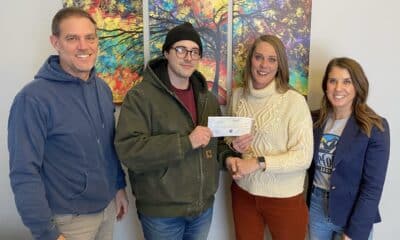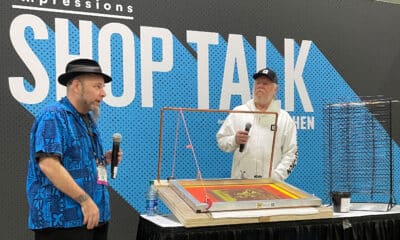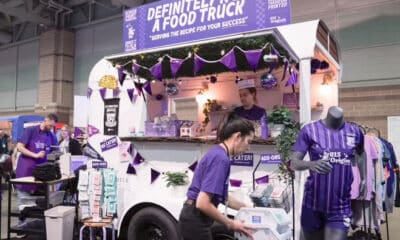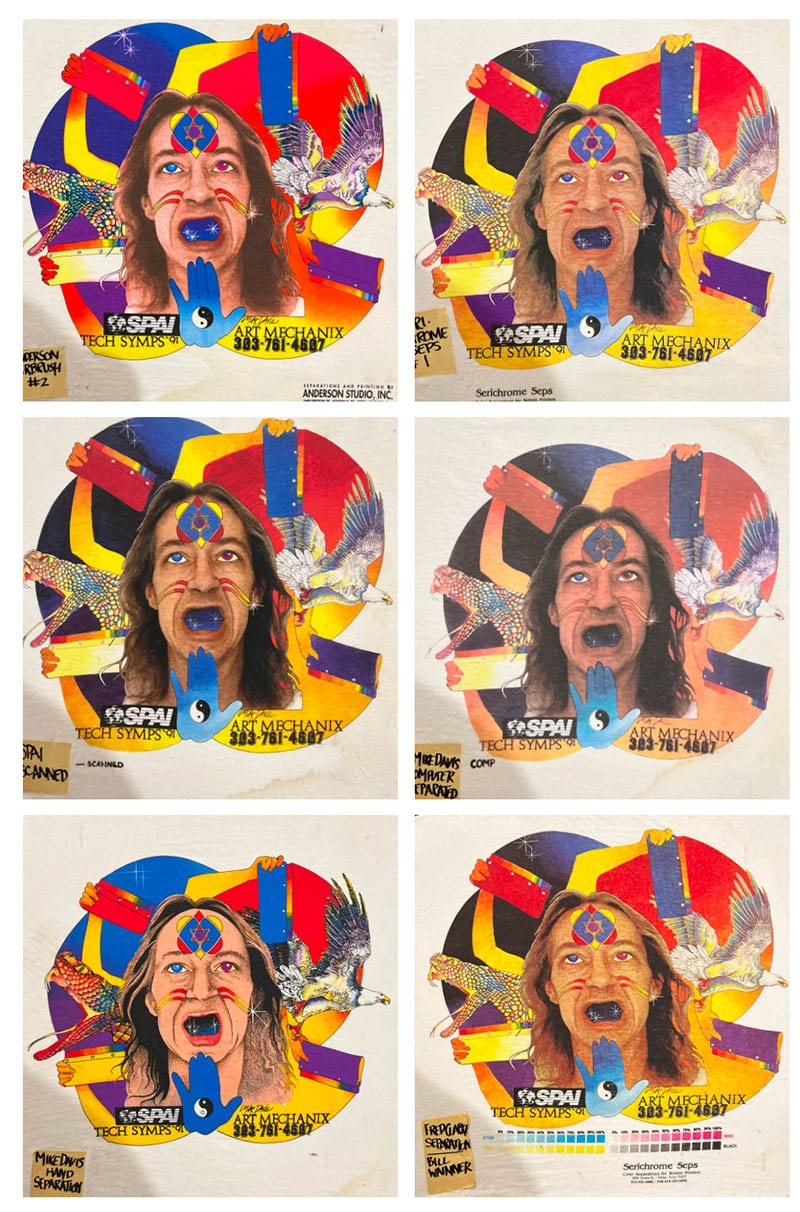Columns
Looking Back at the Early Years of Screen Printing: A Color Separation Showdown
Comparing 4-color process printing experimental techniques at SPAI Tech Symps ’91.
Let’s Talk About It
Creating a More Diverse and Inclusive Screen Printing Industry
LET’S TALK About It: Part 3 discusses how four screen printers have employed people with disabilities, why you should consider doing the same, the resources that are available, and more. Watch the live webinar, held August 16, moderated by Adrienne Palmer, editor-in-chief, Screen Printing magazine, with panelists Ali Banholzer, Amber Massey, Ryan Moor, and Jed Seifert. The multi-part series is hosted exclusively by ROQ.US and U.N.I.T.E Together. Let’s Talk About It: Part 1 focused on Black, female screen printers and can be watched here; Part 2 focused on the LGBTQ+ community and can be watched here.
-

 Press Releases1 month ago
Press Releases1 month agoHope Harbor to Receive Donation from BlueCotton’s 2024 Mary Ruth King Award Recipient
-

 Press Releases2 months ago
Press Releases2 months agoSports Inspired Clothing Market: The Influence of Sports on Fashion Forward Looks
-

 Columns2 months ago
Columns2 months ago8 Marketing Mistakes Not to Make When Promoting Your Screen Printing Services Online
-

 Editor's Note1 month ago
Editor's Note1 month agoLivin’ the High Life
-

 Marshall Atkinson1 month ago
Marshall Atkinson1 month agoHow to Create a Winning Culture in Your Screen-Printing Business
-

 Case Studies2 months ago
Case Studies2 months agoScreen Printing for Texture and Depth
-

 Headlines2 months ago
Headlines2 months agoLive Poster Printing Raises $30K for Charity
-

 Headlines2 months ago
Headlines2 months ago613 Originals Takes a Unique Approach to Sales Presentation


















